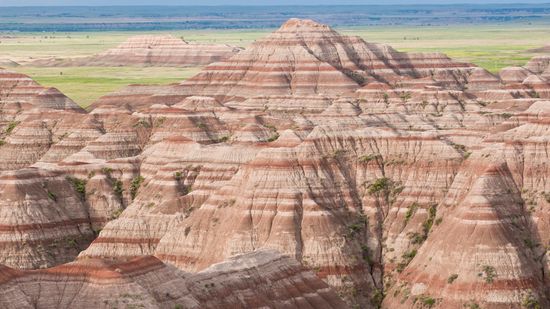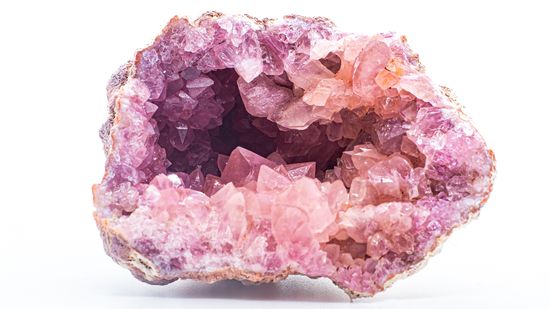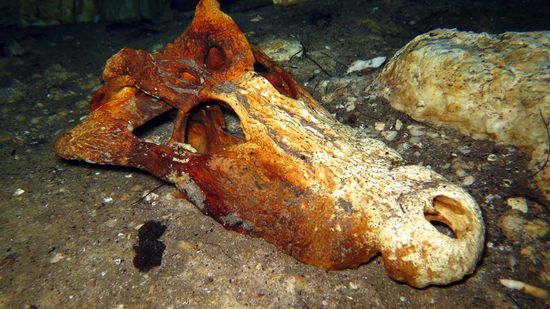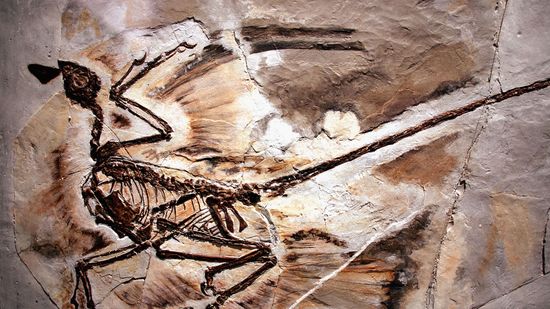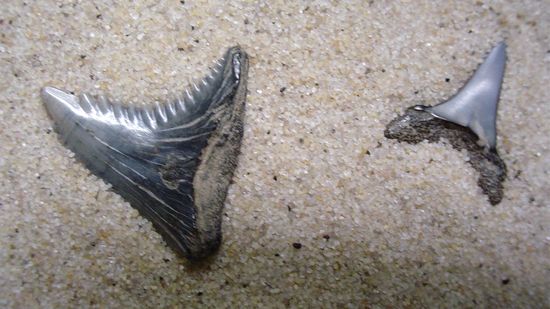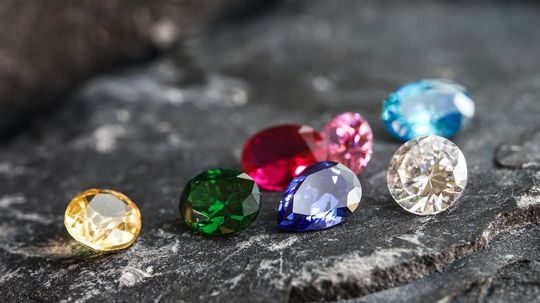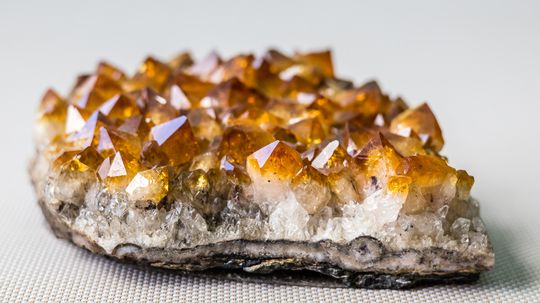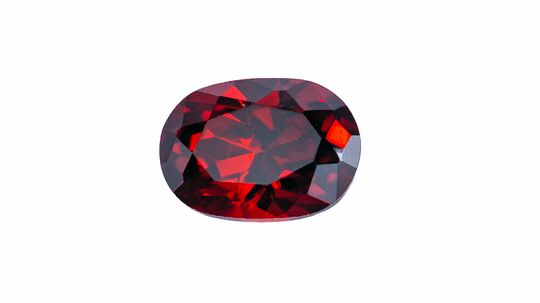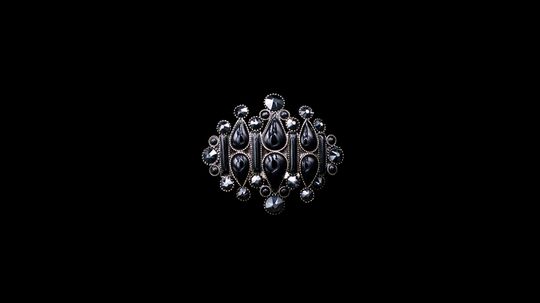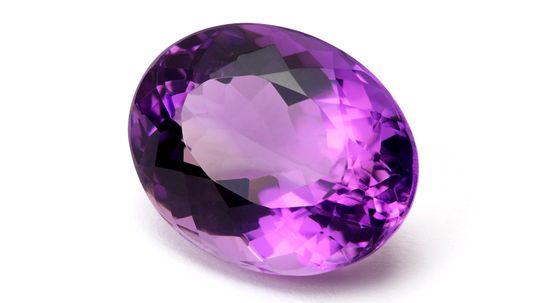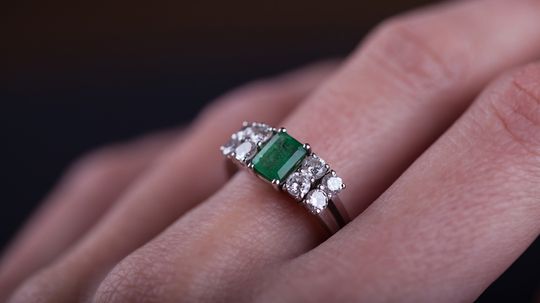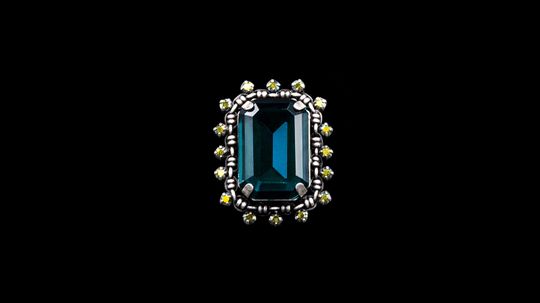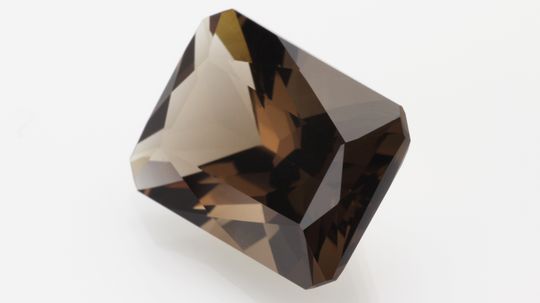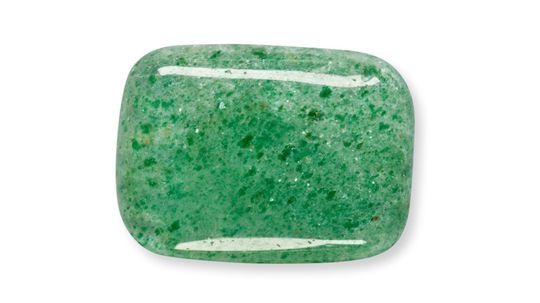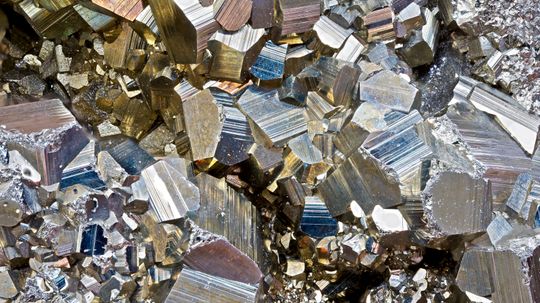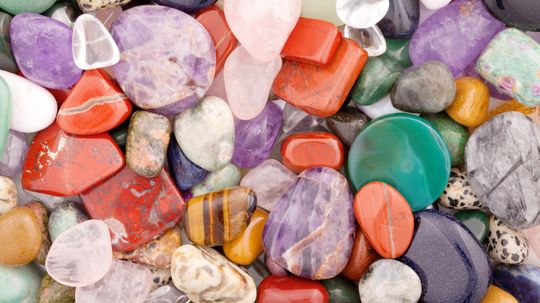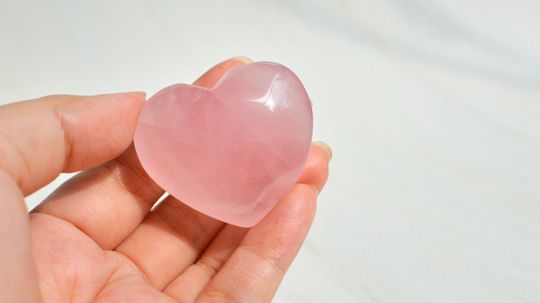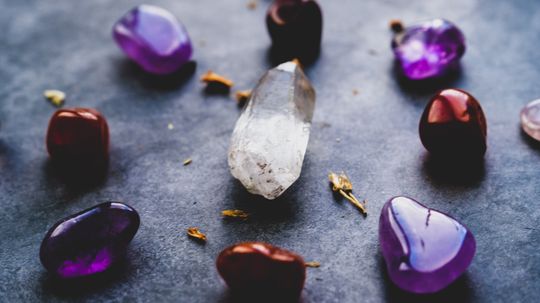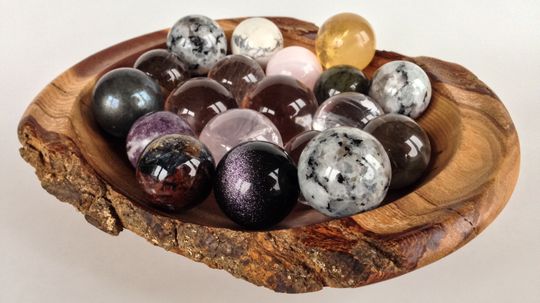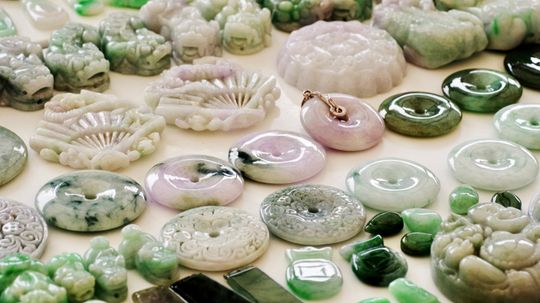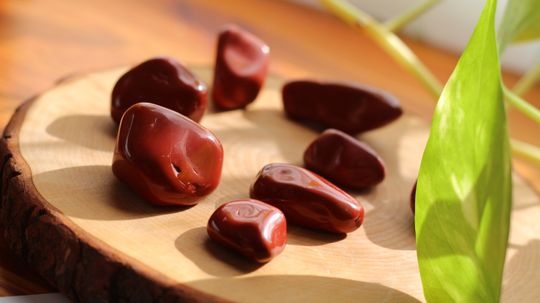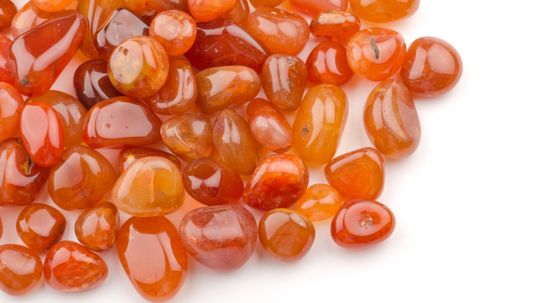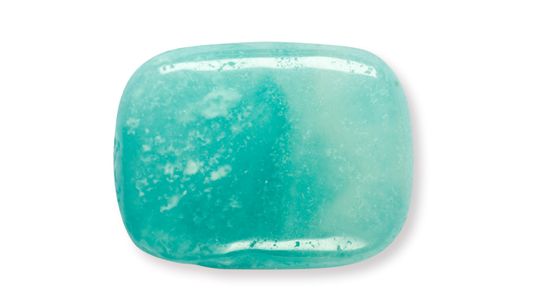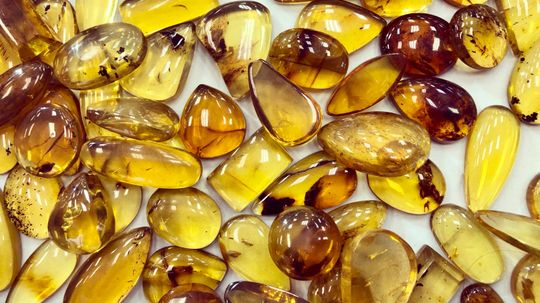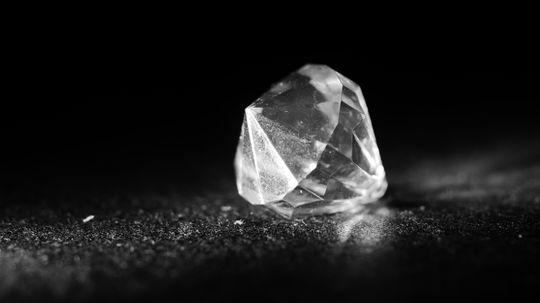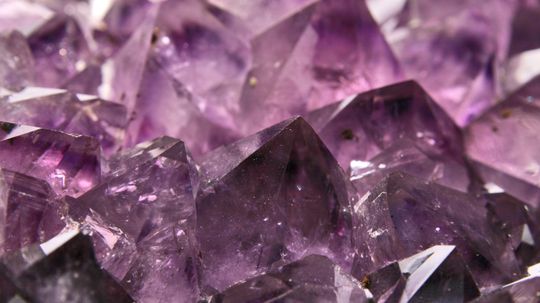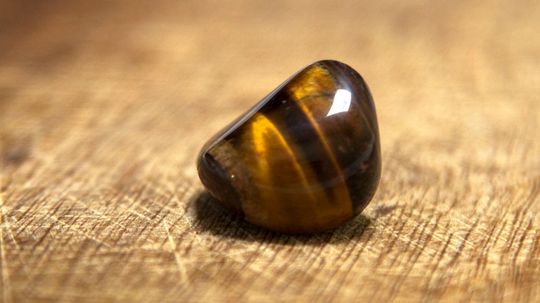Minerals
Minerals have a broad range so much so that they have their own discipline of study called mineralogy. These essential elements often have complex processes that lead to their formation.
Learn More
From ancient amulets to modern engagement rings, different types of gemstones have always caught the human eye.
Looking to add earthy elegance to your jewelry box? Brown gemstones offer a unique and elegant alternative to more traditional colored gemstones.
Red gemstones bring a bold pop of color to any jewelry collection. From vibrant red hues to deep crimson tones, these stones have captivated wearers for centuries.
Advertisement
Yellow gemstones add a pop of sunshine to any jewelry collection. These stones, ranging from bright lemon to deep golden hues, can suit nearly every skin tone and style.
Pink gemstones blend science and sparkle like few other minerals. Whether you're drawn to the feminine hue for its metaphysical properties or just its stunning aesthetic, there's a pink stone for every style and budget.
Some gems dazzle with rainbow brilliance. Others whisper their power in deep, dark silence. Black gemstones aren't flashy, but they hold serious weight in style, symbolism and geology.
Purple gemstones aren't just for royalty, but their regal vibe is hard to ignore. From ancient talismans to modern crystal "therapy," purple stones have long held a prized place in our jewelry collections and cultural traditions.
Advertisement
Green is one of nature’s most captivating colors, and green gemstones bring that energy into jewelry with rich, varied tones. From deep emerald green to pale green and bluish green, these stones offer unmatched visual appeal.
From deep blue to light sky blue, blue gemstones offer a diverse range of hues that evoke serenity, power, and timeless beauty.
Obsidian is more than just a beautiful stone. Discover its profound meaning and how it can serve as a powerful tool for healing and protection. Don’t miss out on the chance to learn about its transformative properties.
By HowStuffWorks
Discover the deep allure of smoky quartz meaning. Explore its grounding properties and metaphysical benefits. Unveil the mystique today.
By HowStuffWorks
Advertisement
Explore Aventurine meaning: a shimmering gem of luck and opportunity. Discover its healing properties and spiritual significance. Dive in now.
By HowStuffWorks
Uncover Pyrite meaning: a glittering symbol of wealth & protection. Explore its properties & spiritual significance. Delve into Pyrite's allure now.
By HowStuffWorks
Explore Chakra Crystals: Balancing energy centers for holistic wellness. Discover properties & benefits of crystal healing. Dive in now.
By HowStuffWorks
Explore Crystals for Love: Harness the energy of love-attracting stones. Discover meanings and benefits. Enhance your heart's resonance today.
By HowStuffWorks
Advertisement
Explore Crystal Grids: Amplify energy with sacred geometric arrangements. Learn about their uses and benefits. Elevate your intentions now.
By HowStuffWorks
Discover Crystals for Protection: Harness the power of protective stones. Explore their meanings and benefits. Enhance your energy shield today.
By HowStuffWorks
Discover why jade is called the "stone of heaven" across ancient civilizations. Learn how this powerful crystal not only attracts wealth but also heals the heart chakra in ways modern science is just beginning to understand.
By HowStuffWorks
Discover why Red Jasper is called the "crystal of controlled passion" – the surprising way it balances sexual energy while amplifying your manifestation abilities. Learn which chakra it truly resonates with
By HowStuffWorks
Advertisement
Ignite your passion and creativity with carnelian-discover the hidden powers, ancient symbolism, and bold energy behind this fiery stone that’s said to boost courage, motivation, and confidence. Curious how carnelian can transform your life.
By HowStuffWorks
Discover Amazonite meaning: a soothing gemstone of balance. Explore its calming properties and spiritual significance. Dive into Amazonite's world.
By HowStuffWorks
Explore Citrine Meaning - Unveiling Its Power and Significance. Discover the spiritual and healing properties of Citrine crystal.
By HowStuffWorks
Clear quartz holds more than just beauty! Discover its true meaning, explore its healing powers, and learn how it can bring clarity and balance to your life.
By HowStuffWorks
Advertisement
Is Amethyst the right stone for you? Find out how this crystal can help you achieve greater peace, clarity, and spiritual growth. What can Amethyst do for your life? Explore its properties.
By HowStuffWorks
Discover how this mystical stone can bring you wealth, courage, and protection. Is Tiger's Eye the key to unlocking your hidden potential? Find out now and transform your life.
By HowStuffWorks
